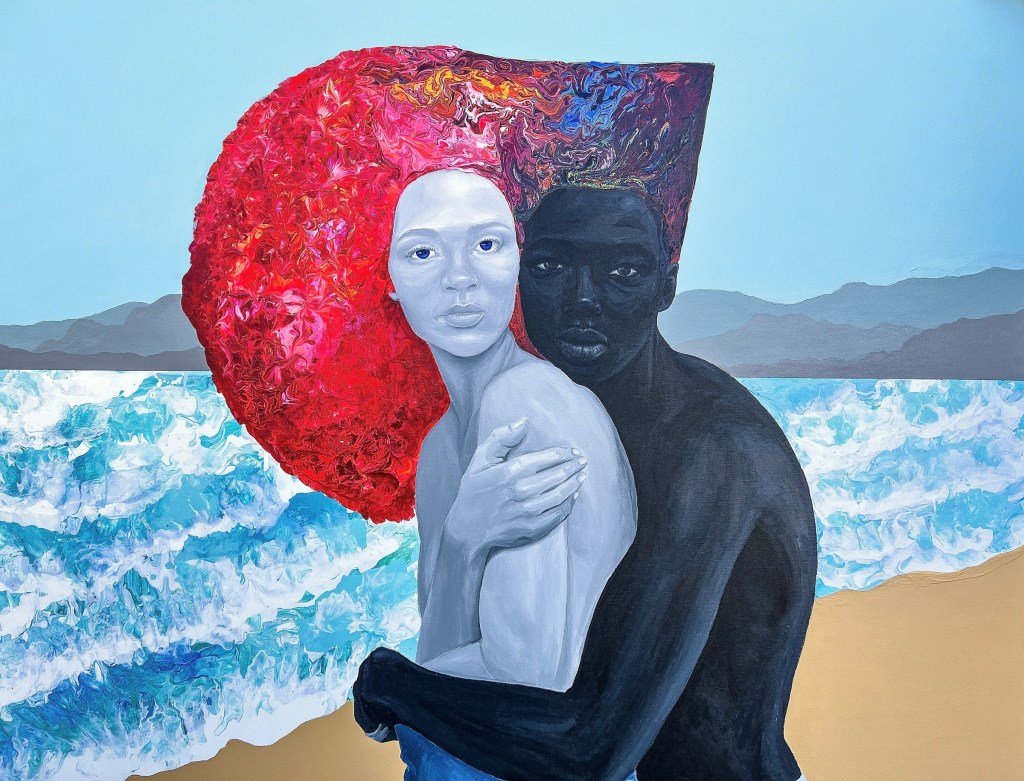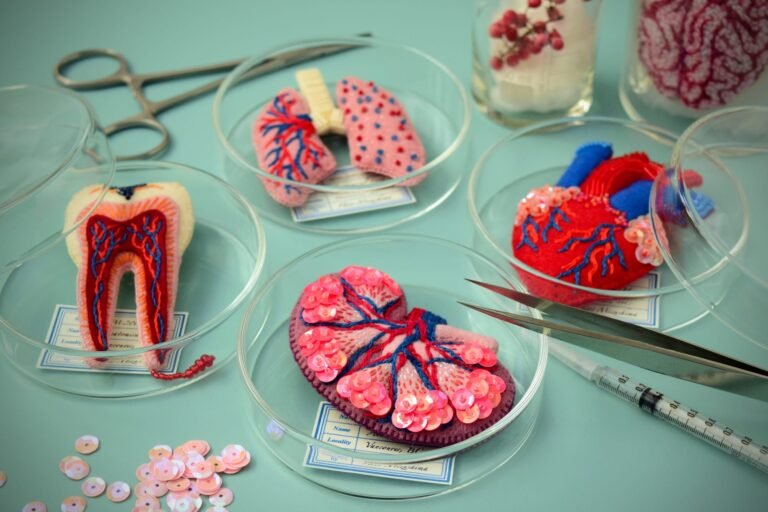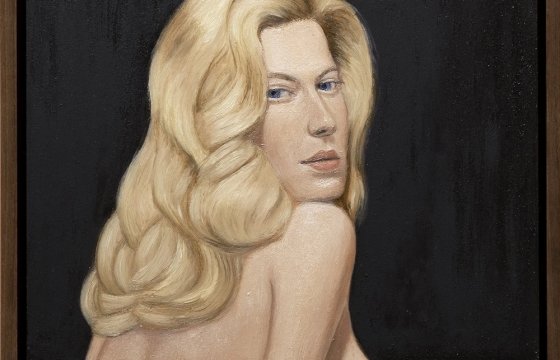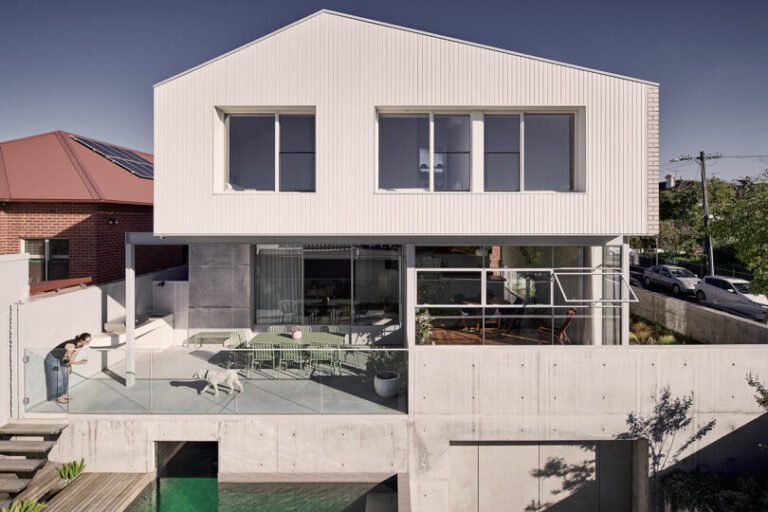

Every year, two dozen artists from around the world travel to the United States to participate in a month-long summer residency at the nonprofit arts center Art Omi. The highly competitive program is held at the organization’s 120-acre campus in Ghent, New York, where it also hosts residencies focused on architecture, dance, music, and writing.
This summer, five artists — Yumzhana Sui from Buryatia, Michel Lafleur from Haiti, Boluwatife Victoria Lawal and Samuel Olayombo from Nigeria, and Patrick Ruganintwali from Rwanda — had intended to participate in the residency, but their visas were denied. It’s a challenge the organization says it faces every year, but fears could become more widespread under the Trump administration.
“We have artists who have been denied multiple years in a row and then are admitted,” Jess Maxwell, Art Omi’s communications director, told Hyperallergic. This was the case for Pakistani artist Syed Hussain, who, after years of having his application rejected, was finally granted a visa that allowed him to participate in the residency last year.
Now, as President Trump eyes significantly expanding his travel ban list and shuttering dozens of US embassies and consulates abroad, scores of future applicants may be indefinitely barred from participating in Art Omi and other US-based residencies that could be pivotal for career-building and creative growth.

Maxwell said that Olayombo’s application has been denied since he was first accepted to the program in 2023. Along with Oluwadamiyato, Olayombo hails from Nigeria, one of dozens of nations threatened with visa restrictions, most of which are in Africa.
“It’s not rare for people, especially coming from Muslim-majority countries, to be denied [visas],” Ruth Adams, Art Omi’s co-executive director, told Hyperallergic.
These aren’t the only hurdles for artists seeking to travel to the US. Haitian artist Michel Lafleur and his Belgian-based collaborator, Tom Bogaert, who have been working together since 2013, were forced to postpone their participation in the Art Omi residency this year due to closures at the US embassy in Port-au-Prince, a city that has been threatened by gang violence since 2020. As a result, Lafleur has had to undergo a costly and time-consuming visa application process through the embassy in the Dominican Republic.

Despite initiating the visa process in February, the earliest he could secure a visa appointment was September — months after the program’s conclusion. The duo hopes to participate next summer, provided their applications are approved.
Sui, a Buryad-Chinese artist from the mountainous Siberian republic of Buryatia, also told Hyperallergic that she has had a “particularly difficult” time applying for a visa over the last two years as a result of both halted visa services for Russian nationals and repeated visa rejections.
“Honestly, every time I was at the embassy, I either felt like some kind of criminal or a beggar who’s being granted a favor,” Sui said.
The organization has also had some accepted residents choose not to travel for its programs due to border safety concerns, an issue that they are concerned could become worse.

“ There seems to be a lot of uncertainty and artists are unsure what’s gonna happen at the border, so that I think may make them reticent to apply or try to attend the program next year,” co-executive director Jeremy Adams told Hyperallergic.
In the face of these expanding travel restrictions, Art Omi’s leadership said it may consider alternative options like virtual studio visits and non-US-based residencies for applicants, as suggested by users on the organization’s Instagram page. There have also been cases where artists have migrated to other countries with more accessible passageways to the US, as ultimately, the organization wants its applicants to experience the residency on-site.
“ Obviously, politically, we need some changes that we wish we could control, but we can’t,” Ruth Adams said.


